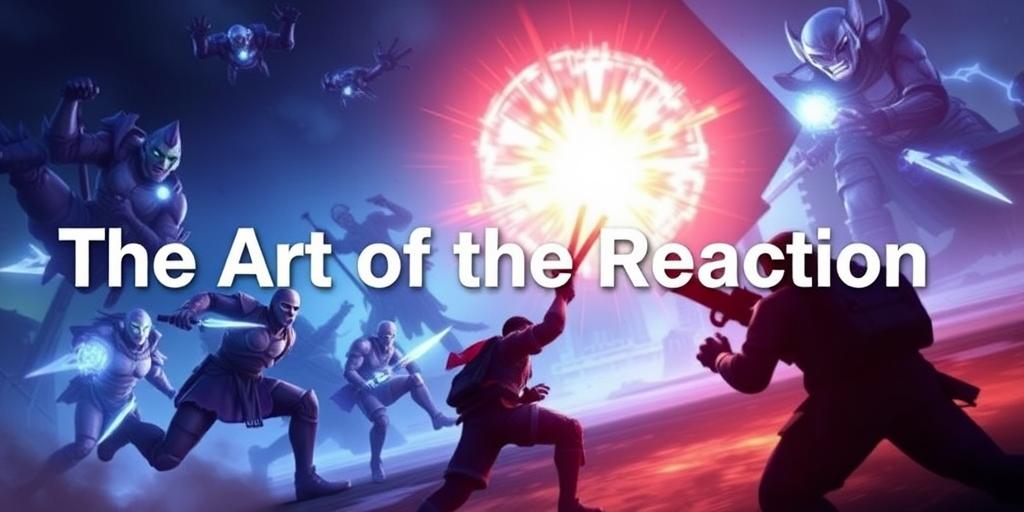The Art of the Reaction: How Reactive Rules Change Gameplay
Reactive rules in games are mechanics that trigger in response to specific player actions or in-game events, dynamically altering the gameplay experience. These rules can range from simple cause-and-effect relationships to complex systems that significantly change the strategic landscape. Let's explore how reactive rules function and their impact on game design.
Understanding Reactive Rules
Reactive rules operate on a conditional basis: when a certain condition is met, a corresponding action or change occurs. For instance:
- Card Games: Playing a specific card might trigger an opponent to discard a card or draw additional cards.
- Video Games: An enemy changing its attack pattern when its health drops below a threshold.
- Board Games: Landing on a particular space on the board triggers a special event or challenge.
Types of Reactive Rules
Reactive rules can be classified based on their effects and triggers:
- Immediate Reactions: These are instantaneous responses to an action. For example, a counter-spell in a card game negates the effects of the spell being cast.
- Delayed Reactions: These occur after a certain condition is maintained for a specified duration or until another event transpires. For instance, a character gradually gaining strength as they take damage.
- Environmental Reactions: These are triggered by changes in the game environment, such as weather effects or time of day influencing enemy behavior.
The Impact on Gameplay
Reactive rules introduce several key elements into gameplay:
- Dynamic Difficulty Adjustment: Games can automatically adjust the difficulty based on player performance. For example, if a player is consistently succeeding, the game might introduce tougher enemies or challenges.
- Emergent Storytelling: Unexpected interactions between reactive rules can lead to unique and memorable in-game narratives. Players may encounter unforeseen consequences or discover creative solutions to problems.
- Strategic Depth: Players must anticipate how their actions will affect the game state and plan accordingly. Reactive rules require players to think several steps ahead and adapt to changing circumstances.
Examples in Popular Games
- Magic: The Gathering: Many cards have abilities that trigger in response to opponents' actions, such as countering spells or destroying creatures.
- The Last of Us: Enemy AI adapts to the player's tactics, forcing players to vary their approach.
- Civilization: City-states react differently based on your interactions with them, changing alliances and trade opportunities.
Incorporating Reactive Rules in Game Design
- Define Clear Conditions: Ensure that the conditions for triggering reactive rules are well-defined and easily understandable.
- Balance Risk and Reward: Reactive rules should offer meaningful benefits or consequences to make them worth considering.
- Test and Iterate: Thoroughly test reactive rules to identify unintended consequences or exploits.
Reactive rules are a potent tool for adding depth, complexity, and dynamism to games. By understanding how they function and their impact on gameplay, designers can create more engaging and memorable experiences for players.









